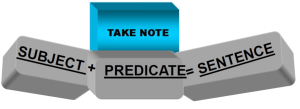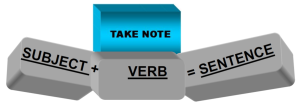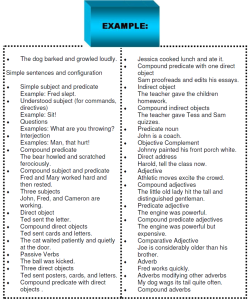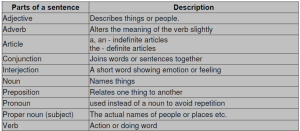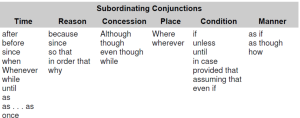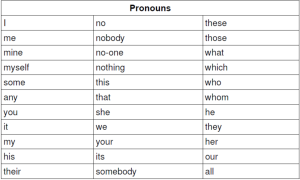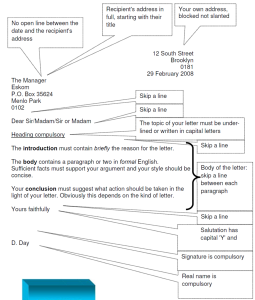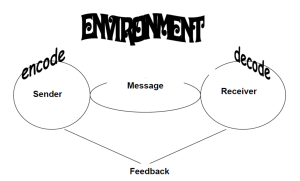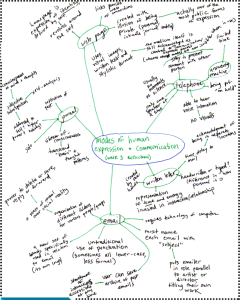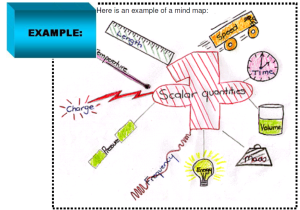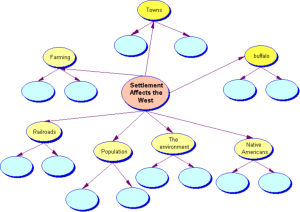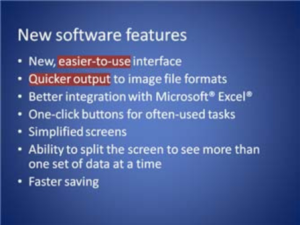ASSESSMENT PLAN
| ASSESSMENT DETAILS | |||||||||||
| Date of Assessment | Option 1 | Option 2 | Option 3 | Option 4 | |||||||
| TIME OF ASSESSMENT | |||||||||||
| Start: | End: | ||||||||||
| VENUE | Contact
person |
||||||||||
| LANGUAGE MEDIUM
METHOD OF |
|||||||||||
| METHOD OF ASSESSMENT (please tick off the one to be used) | |||||||||||
| OBSERVATION | ORAL | WRITTEN | |||||||||
| Simulation | Knowledge test | Knowledge test | |||||||||
| Product | Interview | ||||||||||
PRE-ASSESSMENT MEETING CHECKLIST
| ACTION | YES/NO | COMMENTS |
| Set learner at ease; be friendly, polite, and professional. | ||
| Explain to the learner and agree on the following issues.
1. The unit standard that will be assessed 2. Date, time, venue, and process to be followed during the assessment. 3. Summative assessment tools to be used for the assessment. 4. The assessment plan 5. Purpose of assessment |
||
| Explain to the learner and agree on the role of all involved during the assessment process. | ||
| Identify possible barriers and or disabilities of the learner. | ||
| Explain the meaning and application of RPL. | ||
| Explain, discuss and provide one complete set of the Appeals process documentation. | ||
| Explain to the learner when final results will be available and how feedback will be provided. | ||
| Discuss previous assessment results if applicable. |
I, ______________________________ (initials and surname of learner), DECLARE THE FOLLOWING:
A copy of the unit standard(s) involved has been given to me before this meeting. I know I will be assessed against the criteria, which have been set to the applicable unit standards. The criteria have been discussed with me, and the procedures and purpose of the assessment have been clearly explained to me.
I am well aware of the venue, date, and time that I will be assessed. I consider the period given to me to prepare myself for the assessment to be fair.
I understand clearly that I have the right to appeal against any decision made by the assessor during the assessment of the evidence provided by me and that I have free access to the appeals procedures attached to this assessment pack. I understand that I have the right to be accompanied by another person during all procedures and that I have free access to the Training Division of SBV’S Health and Safety Procedures- filed at the offices.
|
|
|
| Signature of learner | Date |
QUESTION 1
Read the following case study and study all the accompanying documentation. Read the next case study and study all the documentation (Text E, F, G, H, I & J). Answer the questions that follow.
Scenario
Mrs. Ndlovu runs a business called Thandi’s Interiors. It is an interior decorating business with an African flair, specializing in a South African ethnic look. She operates out of a shop in Durban’s Florida Road.
As an initiative to uplift rural women from KwaZulu-Natal Mrs. Ndlovu has employed 50 women from Mtubatuba to do specific beading work for her whom she sells in her shop. This range has proved to be highly successful. Initially, she would travel up monthly herself to transport back the beaded word but the demand is such that in May 2006 she engaged the services of a courier company to transport the beaded items weekly.
Mrs. Ndlovu approached several courier services and decided to give her business to Fast Fleet Courier Services as they were most competitive in collecting goods from outlying areas.
Everything ran smoothly for 5 months but then one week the delivery was not made. The couriers usually arrived at Thandi’s Interiors at 3:30 pm every Thursday with the weekly delivery. On Friday morning (3 November 2006), Mrs. Ndlovu made inquiries with the woman in charge of the beading operation who confirmed that the weekly consignment of beaded items had been fetched as usual at 11:00 am on Thursday 2 November 2006.
Mrs. Ndlovu then phoned Fast Fleet Courier Services to query about the non-delivery. Customer Care at Fast Fleet Courier Services promised to look into the matter and get back to her. By Wednesday 8 November, Mrs. Ndlovu had not yet heard from anyone at Fast Fleet and was put on hold every time she tried to phone to enquire. Frustrated by the lack of customer service, Mrs. Ndlovu decided not to pay her October account which was due. She eventually managed to ascertain that the person she had originally placed the query with was on sick leave. She canceled her contract and refused to pay her October account.
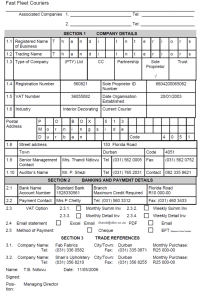
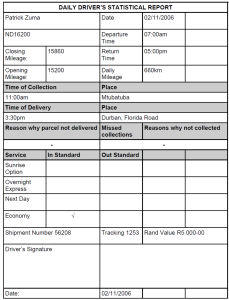

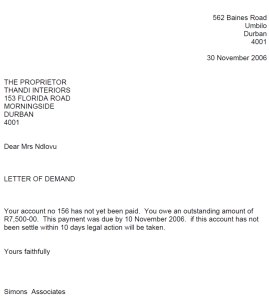
Study the given texts.
- Use skimming and scanning techniques to underline important issues and keywords.
- Decide on what is appropriate information to help you in your task.
- Briefly summarize (orally) the scenario presented and then discuss the following:
- All possible reasons for parcels not arriving at Thandi’s Interiors in Florida Road.
- Agree about how to best deal with the situation as regards to:
♦ How to deal with the driver. For example:
⇒ Disciplinary hearing
⇒ was loss investigated correctly in terms of Loss Investigation Procedure
⇒ could anyone else be implicated
♦ How to satisfy the customer (damage control).
⇒ Has Mrs. Ndlovu got insurance
⇒ Should Fast Fleet continue with legal action against Mrs. Ndlovu for non-payment of her account
⇒ Brainstorm all possible ways to put the situation right and gain Mrs. Ndlovu back as a customer
_______________________________________________________________________________________________________________________________________________________________________________________________________________________________________________________________________________________________________________________________________________________________________________________________________________________________________________________________________________________________________________________________
______________________________________________________________________________________________________________________________________________________________________________________________________________________________________________________________________________________________________________________________________________________________________________________________________________________________________________________________________________________________________________________________________________________________________________________________________________________________________________________________________________________________________________________________________________________________________________________________________________________________________________________________________________________________________________________________________________________________________________________________________________________________________________________________________________________________________________________________________
__________________________________________________________________________________________________________________________________________________________________________________________________________________________________________________________________________________________________________________________________________________________________________________________________________________________________________________________________________________________________________________________________________________________________________________________________________________________________________________________________________________________________________________________________________________________
__________________________________________________________________________________________________________________________________________________________________________________________________________________________________________________________________________________________________________________________________________________________________________________________________________________________________________________________________________________________________________________________________________________________________________________________________________________________________________________________________________________________________________________________________________________________
_____________________________________________________________________________________________________________________________________________________________________________________________________________________________________________________________________________________________________________________________________________________________________________
Question 2:
Reflect on how characteristics of the workplace and occupational content affect learning.
♦ Describe the features of your workplace
What is the workplace focus? i.e.
♦ Services
♦ Manufacturing
♦ Financial
♦ Educational
♦ Security
What organization type is it? i.e.
♦ Government
♦ Parasternal
♦ Heavy/light industry
♦ large organization
♦ Small business
♦ Safety and security
♦ Education
Discuss ways in which these features affect learning processes and the application of learning.
________________________________________________________________________________________________________________________________________________________________________________________________________________________________________________________________________________________________________________________________________________________________________________________________________________________________________________________________________________________________________________________________________________________________________________________________________________________________________________________________________________________________________________________________________________________________________________________
_______________________________________________________________________________________________________________________________________________________________________________________________________________________________________________________________________________________________________________________________________________________________________________________________________________________________________________________________________________________________________________________________________________________________________________________________________________________________________________________________________________________________________________________________________________________________________________________________________________________________________________________________________________________________________________________________________________________________________________________________________________________________________________________________________________________________________________________________________
_________________________________________________________________________________________________________________________________________________________________________________________________________________________________________________________________________________________________________________________________________________________________________________________________________________________________________________________________________________________________________________________________________________________________________________________________________________________________________________________________________________
__________________________________________________________________________________________________________________________________________________________________________________________________________________________________________________________________________________________________________________________________________________________________________________________________________________________________________________________________________________________________________________________________________________________________________________________________________________________________________________________________________________________________________________________________________________________
_____________________________________________________________________________________________________________________________________________________________________________________________________________________________________________________________________________________________________________________________________________________________________________
QUESTION 3:
Write a paragraph describing your job. Say why you applied for it, what
the good things about it are, and what the less pleasant things about it are.
Once you have completed your paragraph, carefully check your writing for fluency and grammatical accuracy.
QUESTION 4:
Read the following passage and then answer the questions in full
sentences:
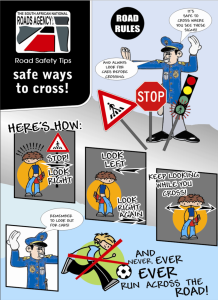
What is the main purpose of this text?
What group of people in this text aimed at? (Who is the target audience?)
Comment on the effectiveness of the visual images (pictures). How do they attract the attention of the target audience? Explain how the visual images add to the meaning of the written text.
__________________________________________________________________________________________________________________________________________________________________________________________________________________________________________________________________________________________________________________________________________________________________________________________________________________________________________________________________________________________________________________________________________________________________________________________________________________________________________________________________________________________________________________________________________________________
_________________________________________________________________________________________________________________________________________________________________________________________________________________________________________________________________________________________________________________________________________________________________________________________________________________________________________________________________________________________________________________________________________________________________________________________________________________________________________________________________________________________________________________________________________________________________________________________________________________________________________________________________________________________________________________________________________________________________________________________________________________________________________________________________________________________
Explain how the length of the sentences, choice of words, punctuation, and size of the font in the written texts are effective
Pedestrians account for one of the biggest death toll statistics on South African roads. What image is SANRAL, the sponsor, trying to create about their organization through this text? (What do they want us to think about their organization?)
__________________________________________________________________________________________________________________________________________________________________________________________________________________________________________________________________________________________________________________________________________________________________________________________________________________________________________________________________________________________________________________________________________________________________________________________________________________________________________________________________________________________________________________________________________________________
_______________________________________________________________________________________________________________________________________________________________________________________________________________________________________________________________________________________________________________________________________________________________________________________________________________________________________________________________________________________________________________________________________________________________________________________________________________________________________________________________________________________________________________________________________________________________________________________________________________________________________________________________________________________________________________________________________________________________________________________________________________________________________________________________________________________________________________________________________________________________________________________________________________________________________________________________________________________________________________________________________________________________________________________________________________________________________________________________________________________________________________________________________________________________________________________________________________________________________________________________________________________________________________________________________________
QUESTION 5
Get a newspaper article, with no less than 1000 characters, and do the following:
- Identify words and acronyms that you are unfamiliar with and look up for meanings.
- What role is being played by visual graphics, if any, in conveying the message?
- What or who is the source of information contained in the article? Can the source be trusted? Explain.
- Identify the facts, opinions, attitudes, and beliefs of the writer of the article.
| Facts | Opinions | Attitudes | Beliefs |
|
|
|||
|
|
- What necessary information do you think was left out by the writer?
- What do you think of the language use and tone used? Are they correct for the target audience?
- How much message distortion was caused by the omissions and writers’ opinions?
___________________________________________________________________________________________________________________________________________________________________________________________________________________________________________________________________________________________________________________________________________________________________________________________________________________________________________________________________________________________________________________________________________________________________________
